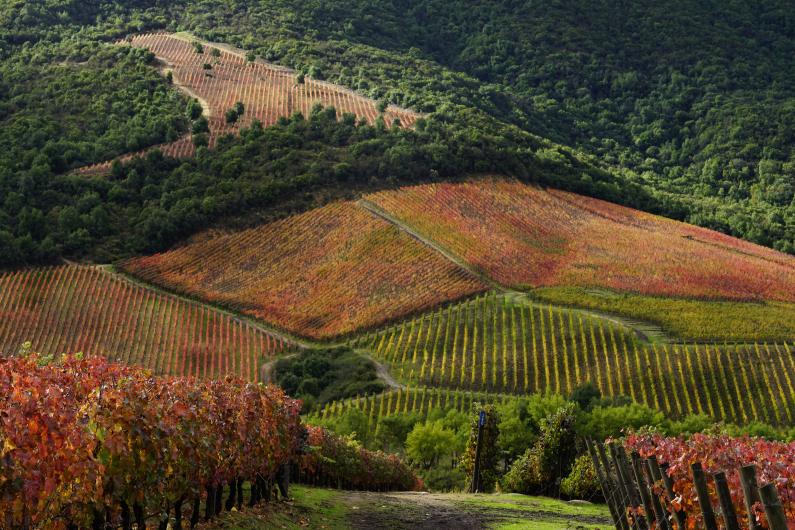Lapostolle Grand Selection Carmenère

Wine Description
The mission of the Grand Selection Tier is to capture the freshness of the fruit. Young, expressive, bright, and vivid are defining characteristics of Lapostolle Grand Selection wines.
 Acclaim
Acclaim
 Vineyard & Production Info
Vineyard & Production Info
 Winemaking & Aging
Winemaking & Aging
 Analytical Data
Analytical Data
 Wine Production
Wine Production
Grapes were harvested and carefully transported to the winery in Colchagua. We obtained clean and pure fruit with strict quality control,thanks to the state of the art technology, our Vistalys optical berries selection for 98% of the grapes and the remaining 2% was hand destemmed. 97% of the grapes were fermented in stainless steel tanks and the remaining 3% was fermented in wooden vats at 28-30°C with gentle extraction methods.
 About the Vineyard
About the Vineyard
Rapel Valley is one of the few places where Carmenère grows in ideal conditions. It is located in the central part of Chile, including the sub Valleys of Cachapoal and Colchagua. It exhibits a semi–arid Mediterranean climate with a winter – only rainfall pattern. During the growing season, we have warm and dry days and pleasantly cool nights as a result of cold breezes coming from the Andes Mountains. Rapel also has a cool influence from the Pacific’s Humboldt Current, which lowers temperatures in the coastal areas of the Valley. This leads to warm days with ample sunlight and dry conditions, allowing a slow ripening period. Carmenère is able to fully ripen but maintain all its fresh notes that are so unique to the variety.







